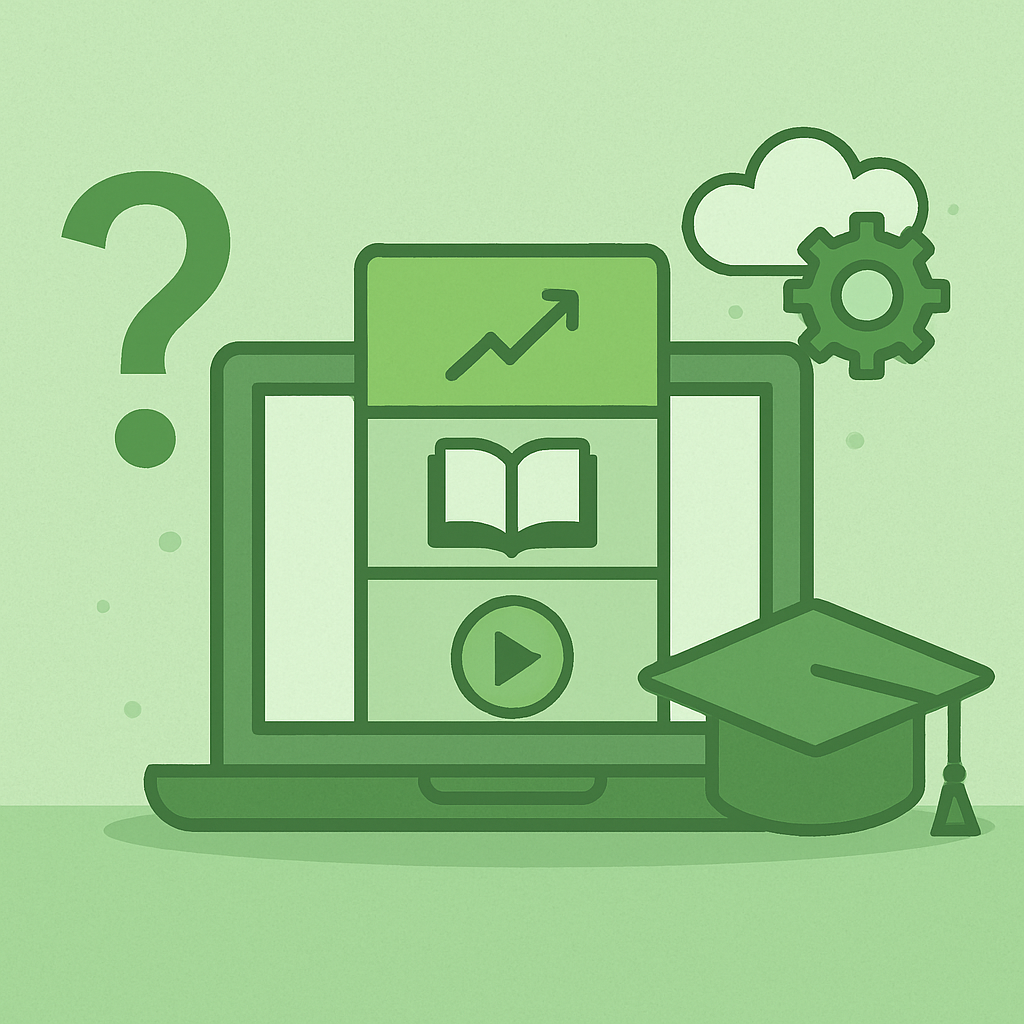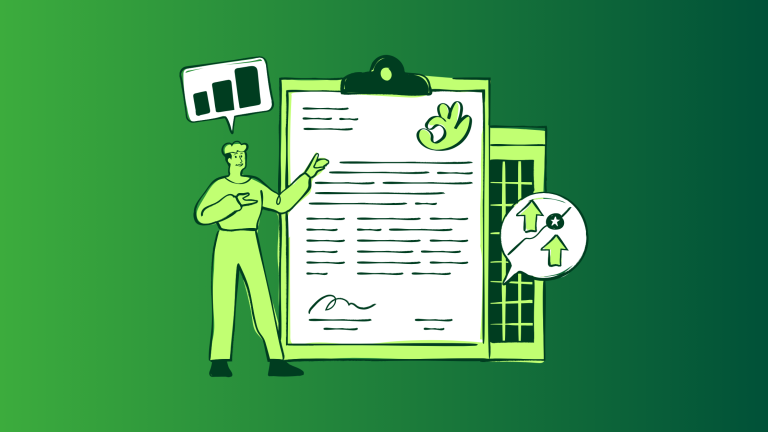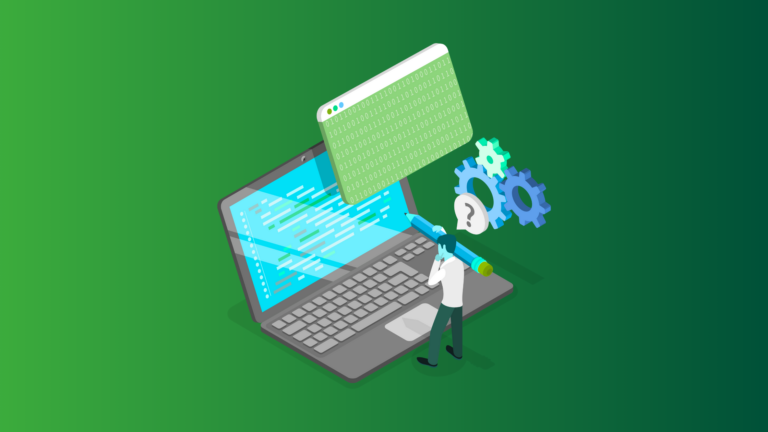As a SaaS business begins to grow, the need for structured, scalable, and efficient training becomes unavoidable. Whether it’s onboarding new employees, keeping teams up to date with frequent product changes, or educating customers at scale—there comes a point when spreadsheets, slide decks, and scattered docs simply don’t cut it anymore.
This is where a Learning Management System (LMS) comes into play.
So, how do you know when it’s time to implement one? Let’s explore the key moments that signal your SaaS company is ready for an LMS.
1. Rapid Growth and Onboarding Needs
Hiring 2–3 people? You can get by with manual training. Hiring 20–30 a month? You need a system.
When your SaaS company starts growing fast, ad hoc or inconsistent onboarding leads to confusion, longer ramp-up times, and lost productivity. An LMS helps:
- Deliver consistent onboarding experiences
- Automate key training modules
- Scale onboarding for multiple new hires at once
With an LMS, you can set up onboarding once—and reuse it forever.
2. Product Complexity and Frequent Updates
SaaS products evolve constantly: new features, bug fixes, integrations, and UI changes.
Without a system to roll out training updates quickly, your teams and users may fall behind. An LMS keeps everyone in sync by:
- Centralizing updated product knowledge
- Training support and customer success teams faster
- Creating feature-focused learning modules
The result? Fewer support tickets and better internal alignment.
3. Disorganized or Ineffective Training
Still relying on email threads, outdated slide decks, or disconnected help docs?
If your training is spread out and untrackable, learners will struggle—and you’ll have no idea who learned what.
An LMS brings structure by:
- Organizing content into courses and learning paths
- Providing tracking and completion data
- Offering certificates, reminders, and feedback options
Better structure = better results.
4. Customer Education and Retention
Your product is growing, and so is your customer base. But with growth comes questions—and support can’t always keep up.
A customer academy powered by an LMS helps:
- Educate users with on-demand training
- Reduce support queries with self-serve content
- Improve product adoption and reduce churn
It’s one of the best ways to scale customer success.
5. Measuring Training Impact and ROI
At some point, your leadership will ask: “Is training working?”
An LMS gives you the data to answer confidently. With it, you can:
- Track course completions and engagement
- Analyze learning outcomes
- Tie training efforts to business goals and performance
Training becomes less of a cost center and more of a growth driver.
6. Compliance and Regulatory Requirements
If your SaaS product operates in a regulated space—think finance, health, or data security—compliance training isn’t optional.
An LMS helps you stay compliant by:
- Automating recurring training reminders
- Tracking completion logs
- Storing documentation for audits
This ensures peace of mind for leadership, legal, and your customers.
Summary: Triggers for Adopting an LMS in SaaS
| Trigger/Scenario | Why an LMS Is Needed |
| Rapid hiring & onboarding | Standardizes and scales onboarding |
| Frequent product updates | Centralizes and distributes training |
| Disorganized training | Structures and tracks learning |
| Customer education | Reduces support load and improves retention |
| ROI tracking | Provides detailed analytics |
| Compliance | Automates mandatory training and proof of completion |
Why Acadle Is the Right LMS for SaaS Companies
Acadle is built for modern SaaS businesses that move fast, scale faster, and value customer experience. Whether you’re training employees, partners, or customers, Acadle helps you:
- Build academies without code
- Deliver personalized learning journeys
- Track every click, completion, and certificate
- Keep all your teams and users aligned
From onboarding to customer success—Acadle powers it all.
👉 Book a free demo today and see how Acadle can grow with your SaaS company.



